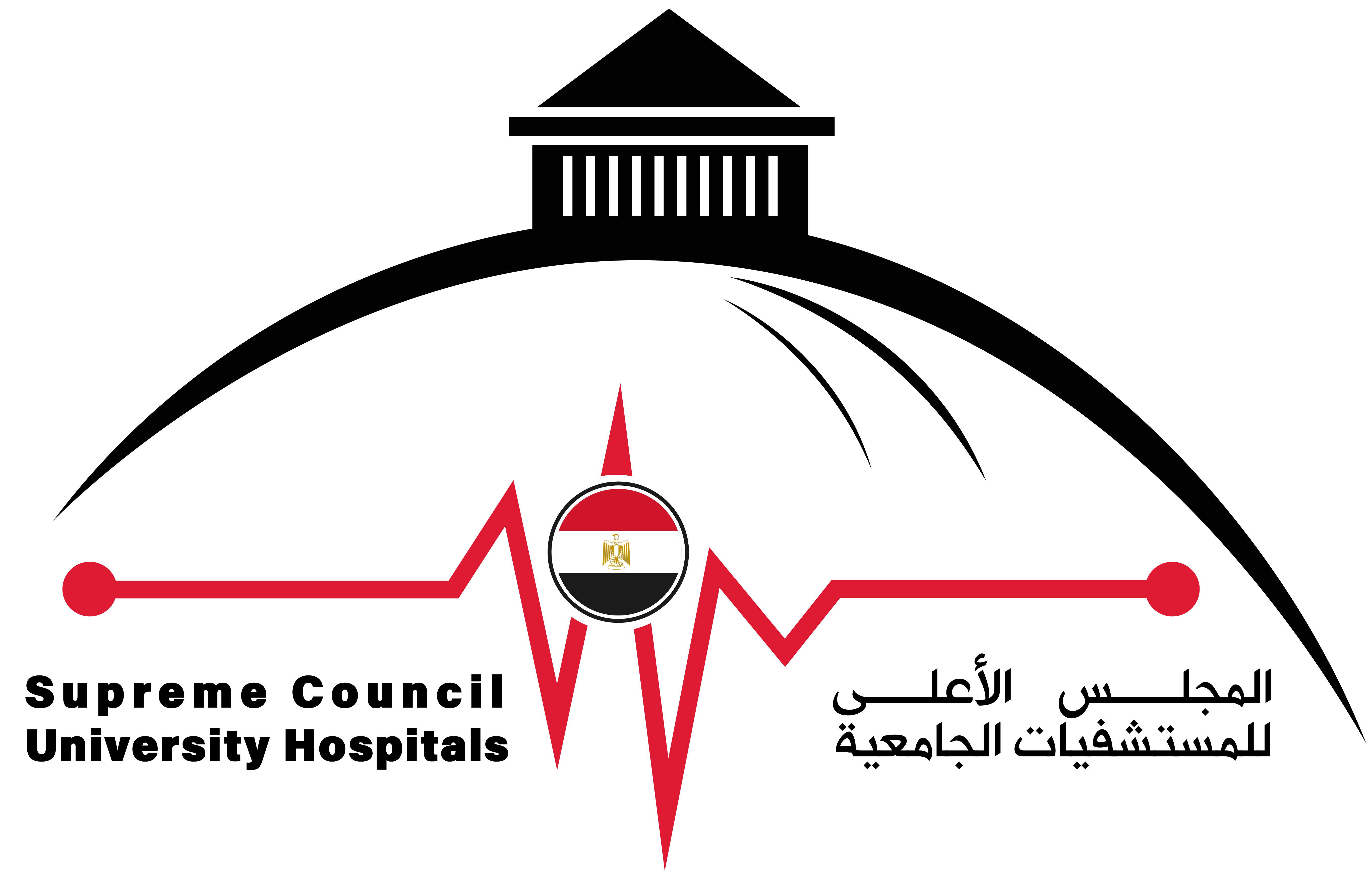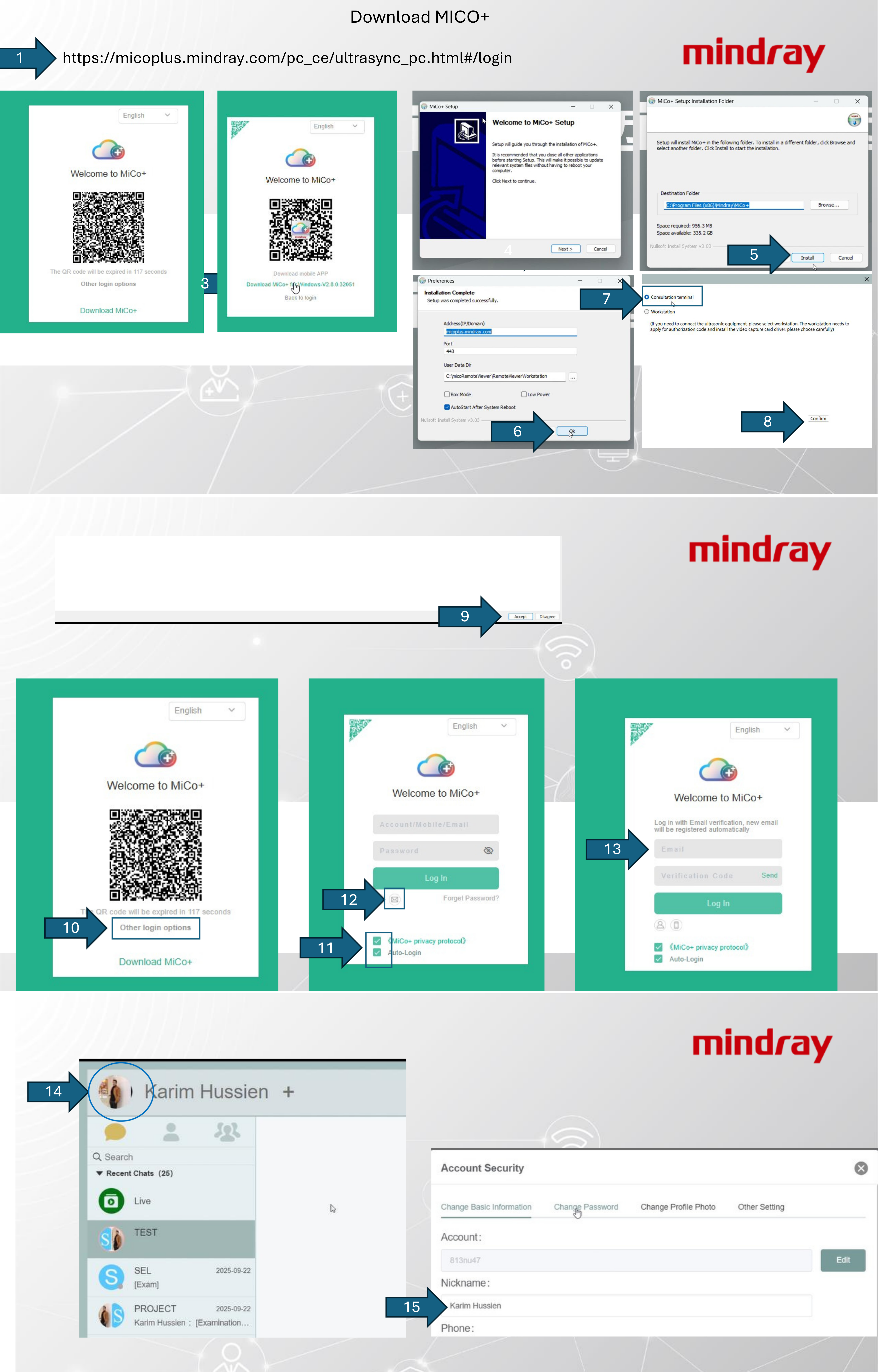Medical Imaging, 3D Modeling and 3D Printing – Beginners
Course Overview: Introduction & About
Welcome to the Medical Imaging, 3D Modeling and 3D Printing – Beginners course.
This program is designed to introduce participants to the fundamental concepts and practical applications of 3D technology in the medical field. You will explore how medical imaging data can be transformed into accurate 3D models and physical prints to enhance clinical planning, education, and innovation.
Throughout the course, you will gain essential knowledge and hands-on experience in image processing, model design, and 3D printing workflows using accessible tools and software.
We are pleased to have you join us and look forward to an engaging and productive learning journey.
This program is designed to introduce participants to the fundamental concepts and practical applications of 3D technology in the medical field. You will explore how medical imaging data can be transformed into accurate 3D models and physical prints to enhance clinical planning, education, and innovation.
Throughout the course, you will gain essential knowledge and hands-on experience in image processing, model design, and 3D printing workflows using accessible tools and software.
We are pleased to have you join us and look forward to an engaging and productive learning journey.
Course Aim & Competences
Medical Imaging, 3D Modelling and 3D Printing – Beginners is a course on Medical Imaging, 3D Modelling and 3D Printing published by Udemy Online Academy. This is a practical, beginner-friendly course designed to introduce learners to the fascinating intersection of healthcare, technology and design.
Who Should Attend the Course
No introduction available.
Course Accreditation/Number of CME hours
Number of lessons: 87
Duration of instruction: 8 hours and 18 minutes
Duration of instruction: 8 hours and 18 minutes
Course Guidelines
Professional Conduct:
Communicate respectfully with instructors, colleagues, and staff at all times. Maintain professionalism in both verbal and written interactions.
Active Participation:
Engage actively during lectures, discussions, and practical sessions. Asking questions and sharing experiences are encouraged to enhance collective learning.
Timely Communication:
Inform the course coordinator in advance of any absences, schedule changes, or issues affecting participation.
Communicate respectfully with instructors, colleagues, and staff at all times. Maintain professionalism in both verbal and written interactions.
Active Participation:
Engage actively during lectures, discussions, and practical sessions. Asking questions and sharing experiences are encouraged to enhance collective learning.
Timely Communication:
Inform the course coordinator in advance of any absences, schedule changes, or issues affecting participation.
Technology and Support
The Primary Health Care Ultrasound Condensed Program integrates modern technology to ensure an effective and engaging learning experience. Participants will have access to advanced ultrasound equipment and digital learning materials that support both theoretical and practical components of the course.
Discussion Instructions
Be Respectful:
Maintain a courteous and professional tone in all discussions, whether in person or online.
Stay Relevant:
Keep contributions focused on the topic being discussed, relating comments to ultrasound practice and primary health care.
Engage Actively:
Participate regularly by asking questions, sharing clinical experiences, and contributing to group problem-solving.
Support Claims with Evidence:
When presenting opinions or case insights, refer to clinical guidelines, research findings, or practical experience when possible.
Listen and Reflect:
Give others the opportunity to express their views. Consider different perspectives before responding.
Confidentiality:
Do not share any patient information or sensitive case details outside the learning environment.
Maintain a courteous and professional tone in all discussions, whether in person or online.
Stay Relevant:
Keep contributions focused on the topic being discussed, relating comments to ultrasound practice and primary health care.
Engage Actively:
Participate regularly by asking questions, sharing clinical experiences, and contributing to group problem-solving.
Support Claims with Evidence:
When presenting opinions or case insights, refer to clinical guidelines, research findings, or practical experience when possible.
Listen and Reflect:
Give others the opportunity to express their views. Consider different perspectives before responding.
Confidentiality:
Do not share any patient information or sensitive case details outside the learning environment.
Activity: Get to Know Each Other
Each participant introduces themselves by sharing:
Name and current workplace or position
Area of medical specialization
Previous experience (if any) with ultrasound
One expectation or goal from this program
Participants are encouraged to interact, ask brief follow-up questions, and find common professional interests.
Name and current workplace or position
Area of medical specialization
Previous experience (if any) with ultrasound
One expectation or goal from this program
Participants are encouraged to interact, ask brief follow-up questions, and find common professional interests.
Module Introduction
No module introduction available.
Week 1
Lecture Page
Introduction
Week 2
Lecture Page
Radiology
Week 3
Lecture Page
introduction to 3D silicer
Week 4
Lecture Page
Case study 1 : ct segmentation
Week 5
Lecture Page
Case study 2 : mri segmentation brain tumor
Week 6
Lecture Page
Case study 3 : trachea and lungs
Week 7
Lecture Page
Case study 4 : mandible and maxilla
Week 8
Lecture Page
Case study 5 :volume manipulation- kidneys and abominable
Week 9
Lecture Page
3D file fixing
.png)




